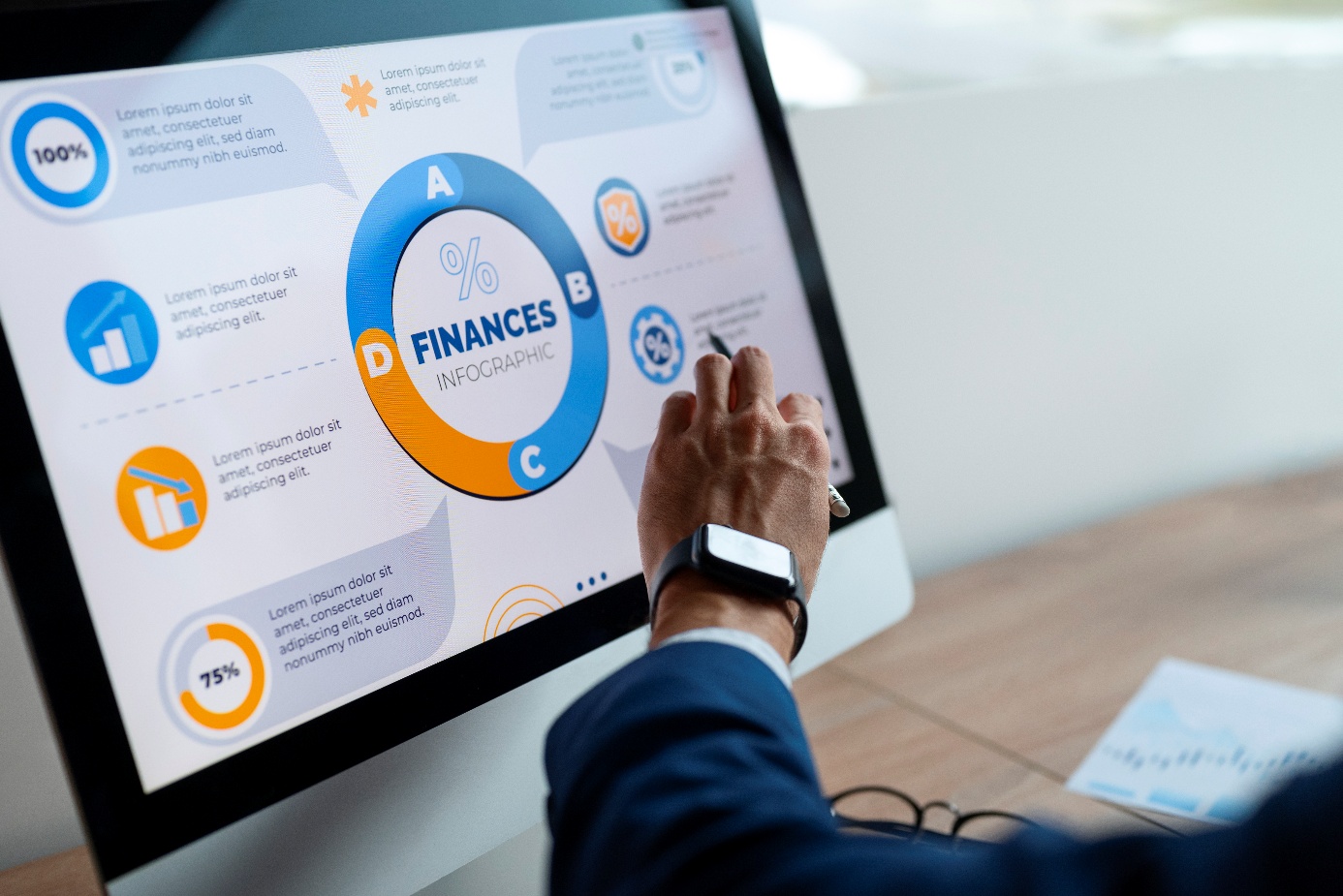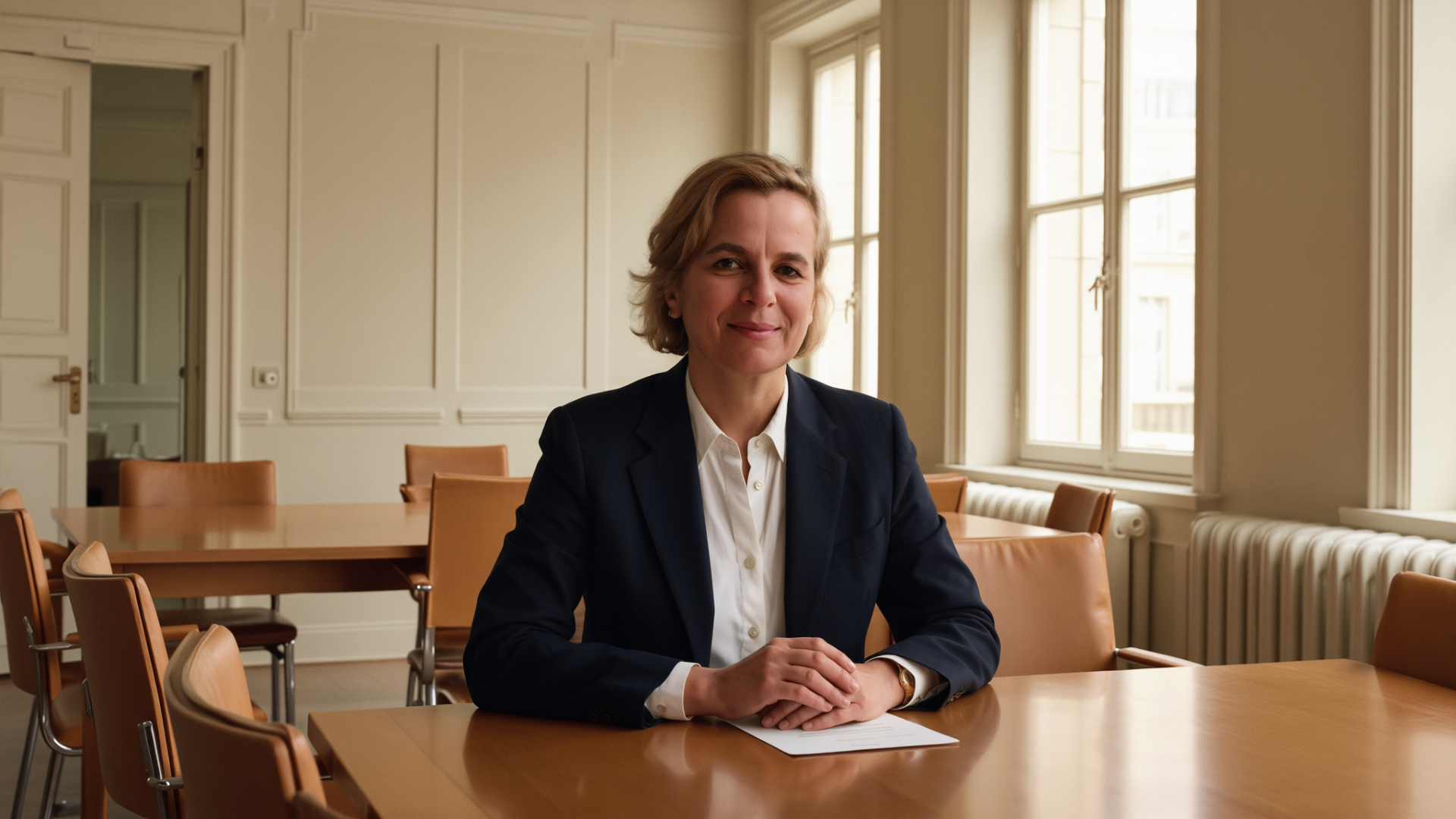Africa stands at a defining moment. With rapid urbanization, a young population, expanding regional trade, and abundant natural resources, the continent is poised for accelerated economic transformation. However, unlocking this potential requires one key ingredient: sustainable and scalable project financing. From energy and transportation to digital infrastructure and social services, Africa’s development pipeline demands innovative funding structures and cross-sector collaboration.
Among the most effective models driving this transformation are Public-Private Partnerships (PPPs). Today, PPPs are reshaping Africa’s infrastructure landscape by bridging financial gaps, reducing public sector risk, and attracting long-term investors. This article explores the opportunities, challenges, and strategic solutions shaping project financing in Africa.

The Growing Need for Project Finance in Africa
Africa requires an estimated USD 100–150 billion annually for infrastructure development, yet faces a financing gap of nearly USD 60–90 billion, according to the African Development Bank (AfDB). The demand is especially high in:
1. Energy and Power Generation
Over 600 million Africans still lack access to reliable electricity. Countries are prioritizing solar, hydropower, wind, and gas-to-power projects. Financing structures that blend private investment with sovereign guarantees have become essential to de-risk large-scale energy developments.
2. Transport and Logistics
From ports in East Africa to trans-continental highways, supply-chain upgrading is a top priority. Financiers are focusing on revenue-generating projects such as toll roads, airports, and logistics corridors.
3. Telecommunications and Digital Infrastructure
The explosion of mobile connectivity and fintech innovation is fueling demand for fiber-optic expansion, mobile towers, and data centers. Private equity, venture capital, and PPP frameworks dominate financing in this sector.
4. Social Infrastructure
Hospitals, affordable housing, schools, and water management systems present growing investment opportunities, often funded through PPP service agreements.
Why Africa Is Attracting Global Project Finance
Despite challenges, Africa offers some of the highest risk-adjusted returns globally. Key drivers include:
1. Rapid Urbanization
By 2050, Africa’s population will reach 2.5 billion, with 60% living in cities. The demand for infrastructure has never been higher.
2. Strong Natural Resource Base
Oil, gas, minerals, and agricultural potential attract long-term investors, particularly when paired with processing industries and export-ready infrastructure.
3. Regional Economic Integration
Initiatives like the African Continental Free Trade Area (AfCFTA) create a unified, 1.4-billion-person market, enabling cross-border financing models.
4. Government Reforms and Investor-Friendly Policies
Several countries—including Kenya, Ghana, Rwanda, Morocco, Egypt, and South Africa—have strengthened legal frameworks to improve investor security.
The Role of Public-Private Partnerships (PPP) in Africa
PPP structures allow governments to leverage private sector expertise and capital while maintaining strategic oversight. They are used to design, build, finance, operate, or maintain key infrastructure assets.
Common PPP Models in Africa
- Build-Operate-Transfer (BOT)
- Build-Own-Operate (BOO)
- Design-Build-Finance-Operate (DBFO)
- Management or Service Contracts
- Concession Agreements
These models distribute risk, ensure long-term asset performance, and promote innovation.
Major PPP Success Stories in Africa
1. Morocco’s Noor Solar Power Complex
One of the world’s largest concentrated solar plants, funded through a mix of PPP, multilateral financing (World Bank, AfDB), and private sector equity.
2. Kenya’s Nairobi Expressway
A 27-km toll road developed under a PPP concession. The project drastically reduced travel time and demonstrated investor confidence in Kenya’s infrastructure.
3. South Africa’s Renewable Energy Independent Power Producer Programme (REIPPPP)
A global benchmark PPP program that integrated over 100 renewable energy projects, mobilizing billions of dollars in clean energy investment.
Challenges Facing Project Finance and PPPs in Africa
Despite progress, investors still face key barriers:
1. Regulatory and Political Risk
Policy inconsistency and slow approvals can delay project completion.
2. Limited Local Capital Markets
Many African countries lack long-term local currency financing options, increasing exposure to exchange rate fluctuations.
3. High Perceived Risk and Cost of Capital
International investors often price projects higher due to risk redundancy.
4. Infrastructure Bottlenecks
Weak logistics or power shortages can hinder project efficiency.
5. Capacity Constraints
Government teams may lack expertise in drafting PPP agreements or managing complex financial structures.
Solutions and Strategic Approaches for Successful Project Financing
1. Blended Finance Structures
Combining commercial capital with concessional loans from development finance institutions (DFIs) reduces risk and attracts private investors.
DFIs like AfDB, IFC, Proparco, and DBSA play crucial roles.
2. Stronger PPP Legal and Regulatory Frameworks
Countries with defined PPP units and standardized guidelines—such as Morocco, Kenya, and South Africa—attract significantly more investment.
3. Political Risk Insurance
Agencies such as MIGA, ECIC, and Africa Trade Insurance (ATI) help reduce investor exposure and encourage foreign participation.
4. Local Currency Financing
Developing domestic bond markets and supporting infrastructure banks can lower FX risk.
5. Digital Transformation and Transparency
Using digital procurement systems, e-governance, and transparent bidding processes boosts investor trust.
6. Capacity Building
Training government officials in project preparation, risk management, and PPP structuring ensures stronger negotiation and project execution.
Emerging Opportunities: Where Investors Should Look Next
1. Green and Climate Finance
Africa has vast potential for renewable energy, climate-resilient agriculture, and carbon markets.
2. Transport Corridors and Special Economic Zones
Ports, railways, and industrial hubs are attracting international investors, especially from the EU, UAE, China, and the US.
3. Digital and Fintech Infrastructure
High mobile penetration creates strong demand for data centers, cloud services, and fintech ecosystems.
4. Water and Waste Management
PPP models for desalination plants, water treatment, and waste-to-energy projects are expanding quickly.
5. Healthcare PPPs
The pandemic accelerated investment in diagnostics, hospitals, and pharmaceutical manufacturing.
Africa’s development future depends on its ability to mobilize capital, secure long-term financing, and structure sustainable PPP models. With improved governance, innovative financial instruments, and strategic partnerships, the continent is unlocking unprecedented economic opportunities.
Project financing—combined with well-designed PPP frameworks—will continue to drive infrastructure modernization, accelerate regional integration, and improve the quality of life for millions of Africans.
Africa is not just a destination for aid; it is a landscape of opportunity where investors, governments, and private partners can collaborate for long-term, sustainable impact.

